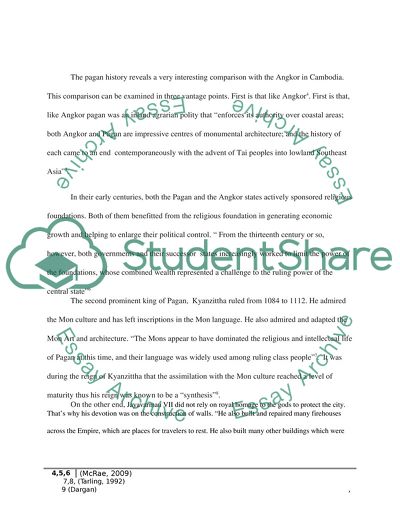Retrieved from https://studentshare.org/miscellaneous/1560289-compare-the-use-of-buddhist-imagery-under-reigns-of-jayavarman-v11-and-kyanzittha-how-was-buddhism-used-in-each-case-and-in-what-ways-do-these-differences-inform-us-about-differences-in-political-systems-at-pagan-and-angkor
https://studentshare.org/miscellaneous/1560289-compare-the-use-of-buddhist-imagery-under-reigns-of-jayavarman-v11-and-kyanzittha-how-was-buddhism-used-in-each-case-and-in-what-ways-do-these-differences-inform-us-about-differences-in-political-systems-at-pagan-and-angkor.


